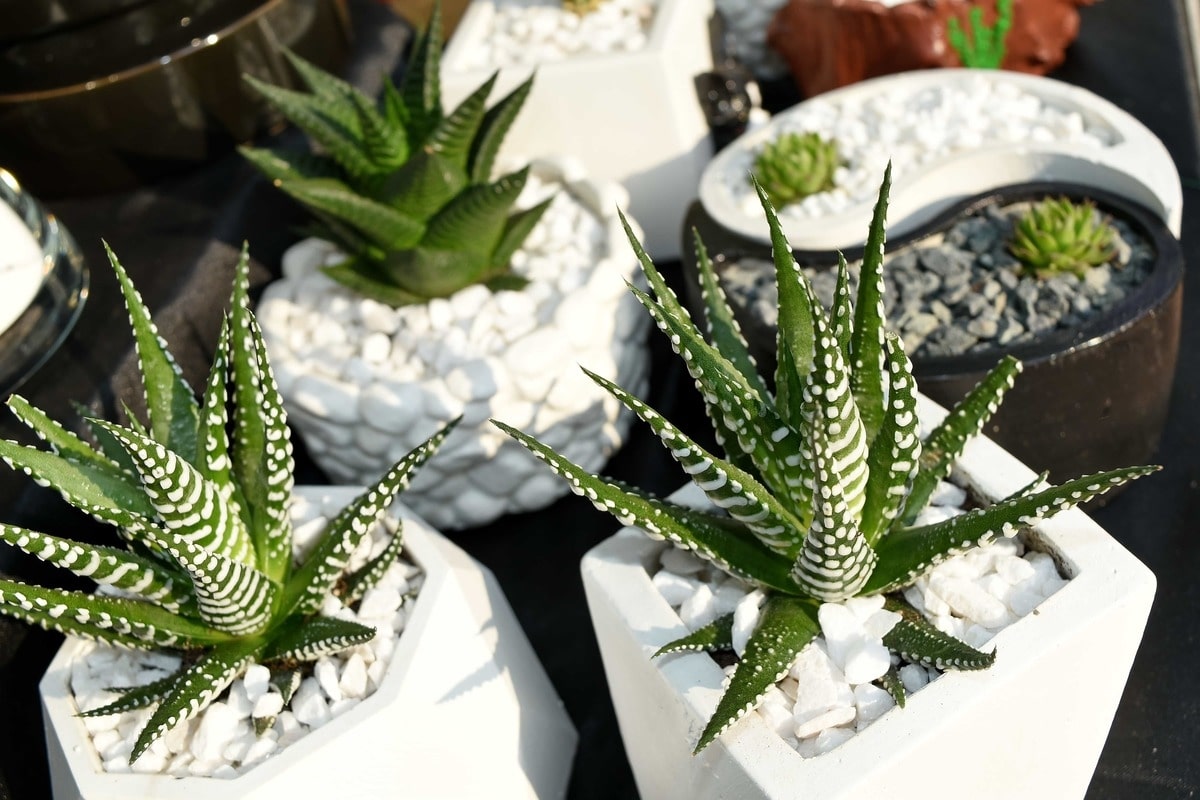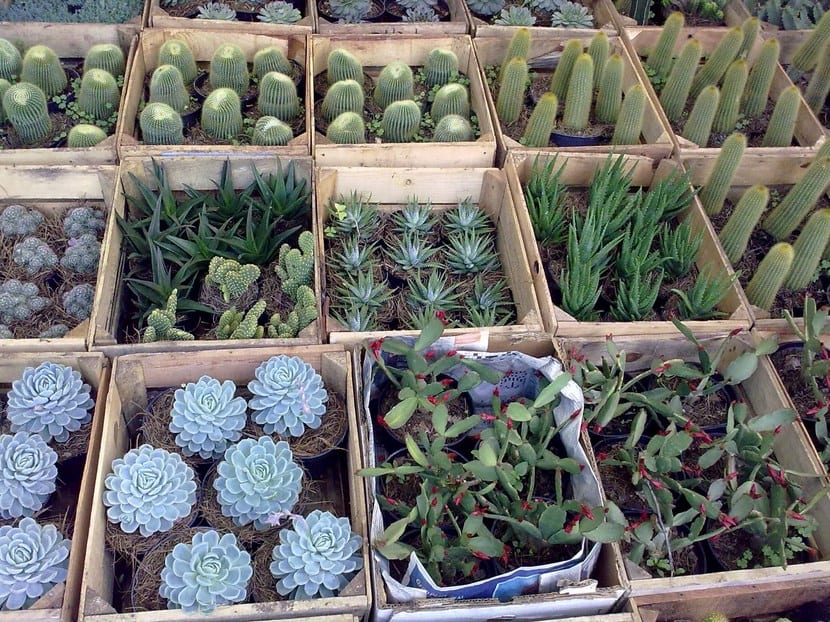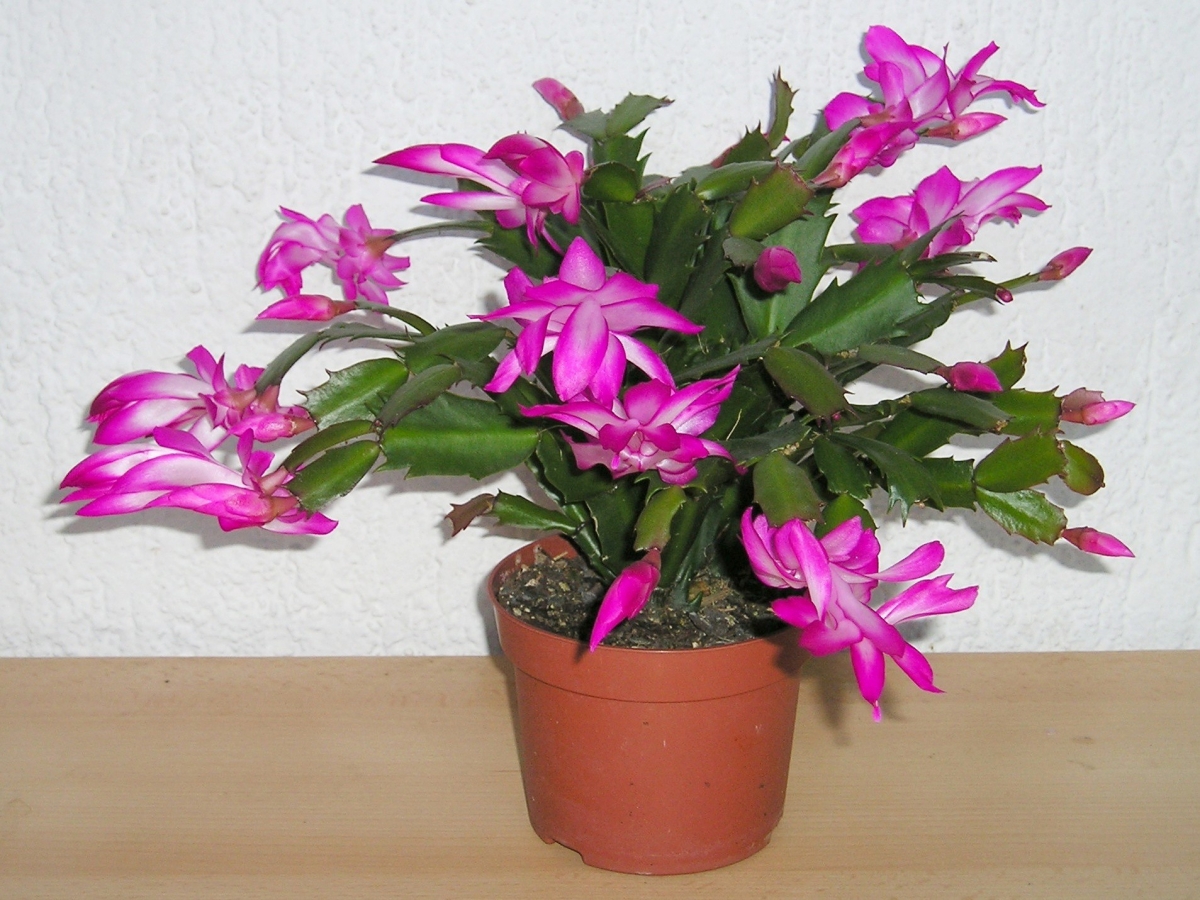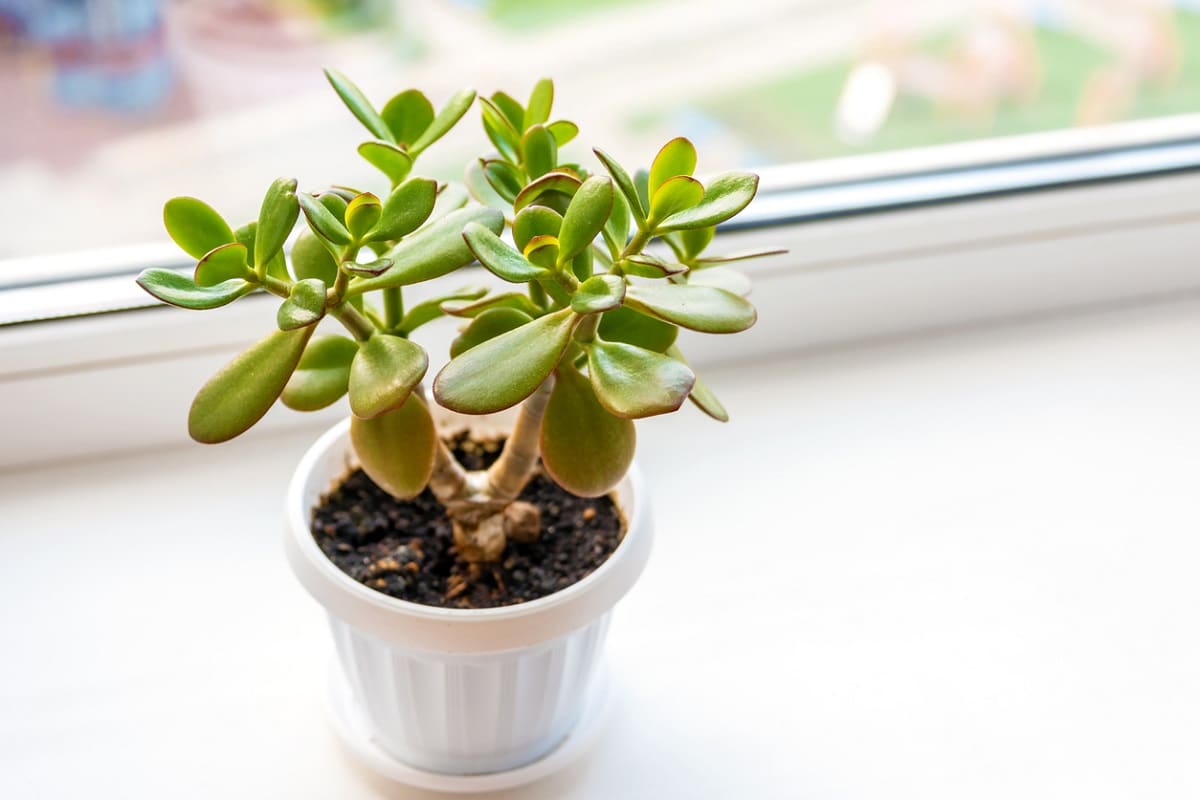
Many of the succulents we find for sale in nurseries are small, and the fact that they are sold in pots between 5,5 and 13 centimeters in diameter often makes us think that they will not grow any larger. And that is why there are many who dare to decorate the interior of their homes with some specimens.
This can be interesting when the plants are going to have their needs for light and water covered, but the truth is that it is not usually easy to have indoor succulents in perfect condition. So Let's see which are the species that best adapt to living indoors.
An explanatory note: succulents are cacti and succulents
It is often thought that succulents are only succulents, that is, those that have fleshy leaves and/or stems, such as Echeveria, Haworthia, Crassula, and a long etcetera. But we can't forget that cacti are too, since they use their bodies as a water store, which is why they are fleshy.
Of course: cacti and succulents are NOT the same. The main difference, believe it or not, is not the spines, but the areolas. These are like bumps on their ribs, and they are usually made up of numerous very, very short hairs, light in color and soft to the touch. From these thorns sprout and also flowers. There are some succulents that are prickly, like the euphorbia enopla, but lack areolas.
Sometimes it is even said that caudex plants, that is, those arboreal or shrubby plants that have a thick trunk due to the accumulation of water, such as the desert rose (Adenium obesum), or the Pachypodium lamereiThey are succulent plants.

And with that said, let's see which are the succulents that will be best at home.
Types of indoor succulents
Roughly, we can say that the succulents that will rather be inside a house are those that in their natural habitat grow in shade or semi-shade, such as the following:
Ceropegia woodii (Necklace of hearts)

Image - Flickr / Maja Dumat
the crass call hearts necklace, It is a hanging plant that develops stems between 2 and 4 meters. It has heart-shaped leaves with a green upper side with white lines, and a lilac underside. It is a species that looks great in pots hanging from the ceiling, and does not need much care.
So don't hesitate to put it in a bright place, away from drafts, and water it from time to time.
Epiphyllum

Image - Wikimedia / Zapyon
The Epiphyllum are epiphytic cacti that are known by the names of orchid cacti, since produce large flowers up to 16 centimeters in diameter, and with white or red petals. They grow to a height of about 1 meter when kept in a pot, so they will be easy to control.
But yes, you have to place it in a room where a lot of natural light enters, because they cannot live in dark places.
gastronomy

Image - Wikimedia / Zapyon
All the gastronomy are plants very similar to aloes, but have leaves that are often shorter, thicker, and thinner. There are about twenty species described, such as G. armostrongii, which is glaucous green, or G. disticha, which has dark green leaves with multiple lighter green dots.
They tend to produce suckers, although not as many as the Haworthia that we will see later. They reach a height of between 5 and 15 centimeters and a width of 30-40 centimeters.
haworthia

The gender of haworthia It is formed by about fifty different species, which they are characterized by having fleshy leaves, more or less narrow, and of different shades of green. There are some, like H. fasciata, that have white stripes, but all are characterized by producing many young from an early age.
They are small plants, which do not exceed 10 centimeters in height, but they should be planted in wide pots so they can grow wide.
Sansevieria trifasciata (is now Dracaena trifasciata)
S. trifasciata is a succulent plant that goes by different names: tiger's tongue, sword of saint george, sansevier. There are several types: some whose leaves grow straight upwards, others that form an arch downwards as if they were a flower; others that are green, some variegated.
They grow between 20 and 100 centimeters in height, but as they do not have invasive roots they are widely grown in pots. But yes, it is important that they are planted in pots of an adequate size, since they tend to take out some suckers.
Sempervivum (Immortelle)
The Sempervivum are a succulent genus made up of about 30 succulent species that they grow forming rosettes of about 7 centimeters in diameter by 3-4 centimeters in height. Its leaves are triangular in shape, green, bluish green, red/reddish or lilac, and may have red tips.
They produce numerous suckers, and as their roots are short, it is recommended to have them in pots that are wider than short.
Schlumbergera truncata (Christmas cactus)

Image - Flickr / Maja Dumat
El christmas cactus It is a cactus that often grows as a pendant. It has green stems, almost flat, which can measure about 60 centimeters long. During the fall-winter it produces flowers that can be pink, red, orange, white or yellow.. The total height of the plant is about 30 centimeters maximum.
It is one of the few cacti that adapts well to living indoors, but it should be placed in a room where there is a lot of light otherwise it will not grow properly.
Do you want to know how to take care of them? Click here:

Do you prefer to see how a composition is made? Then enjoy this video:
